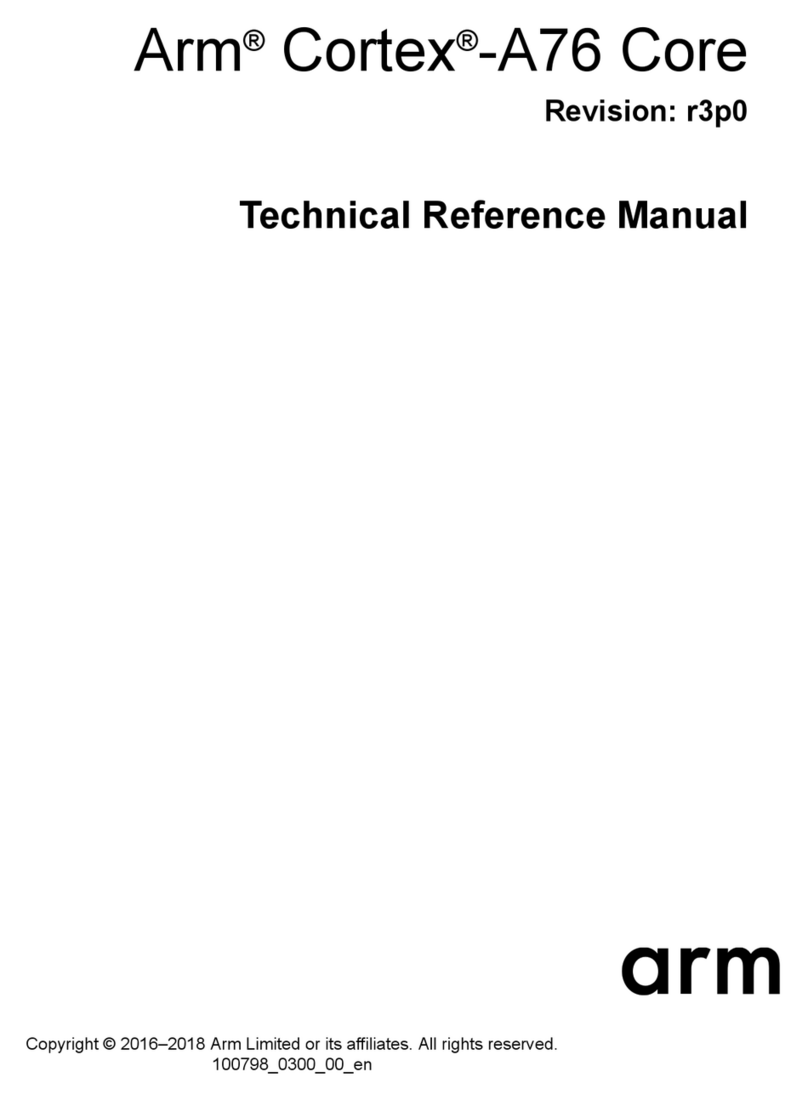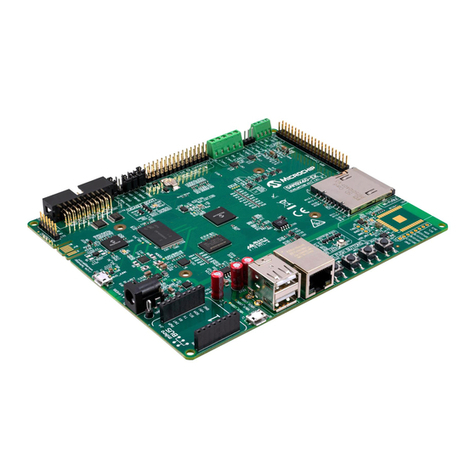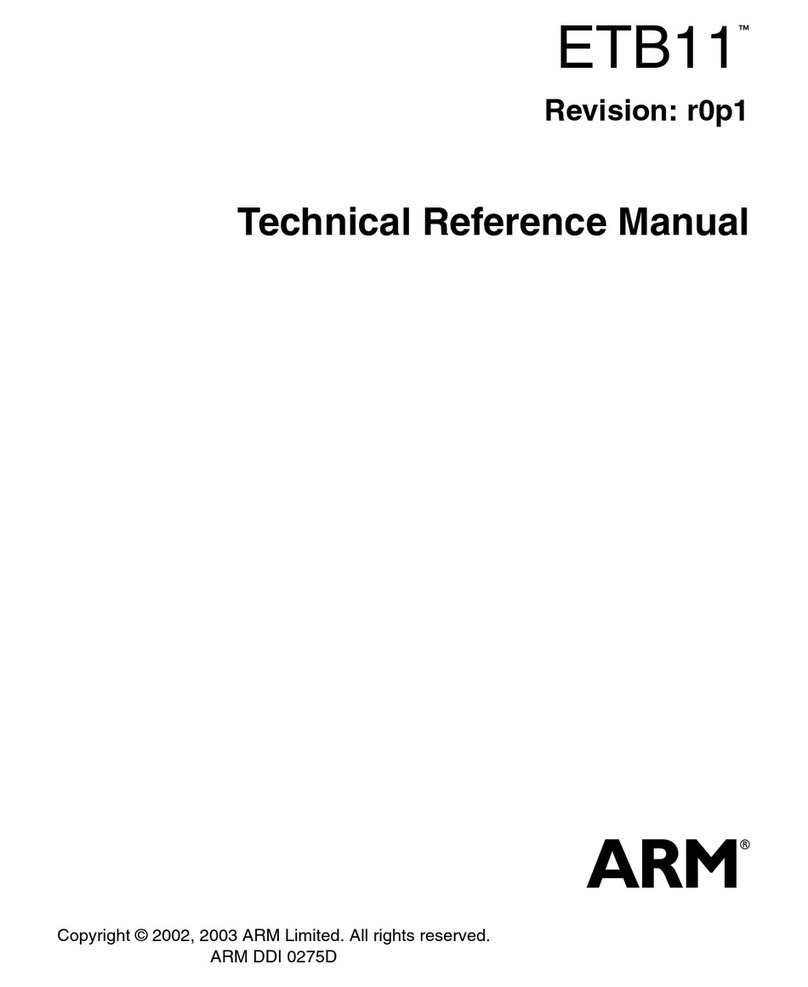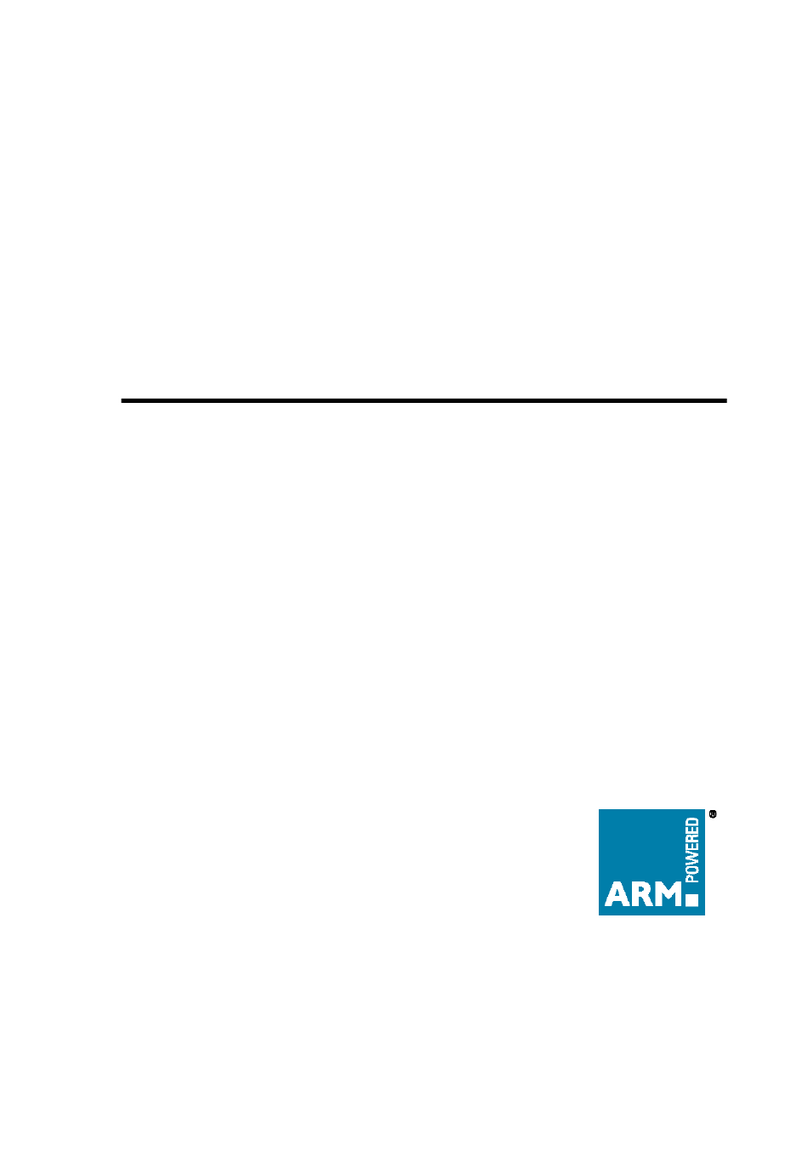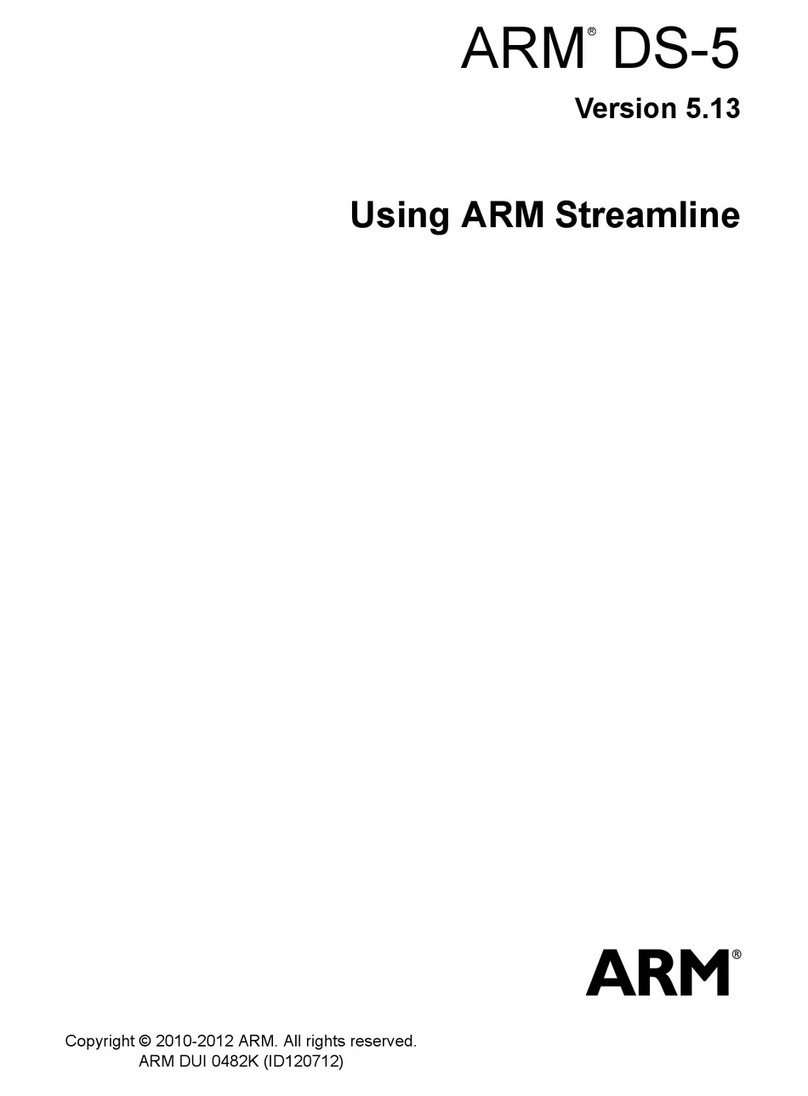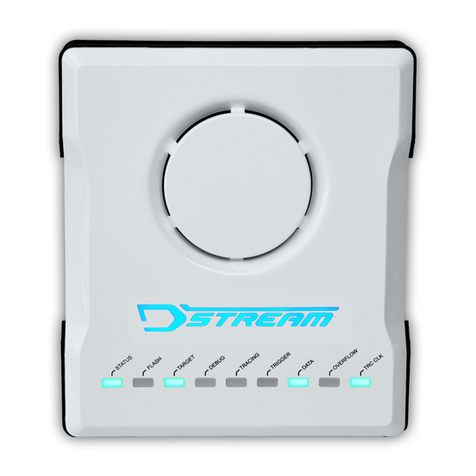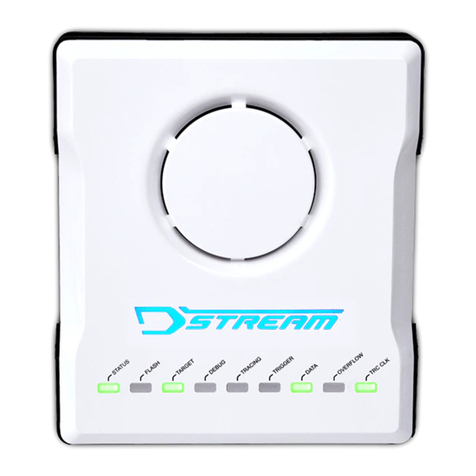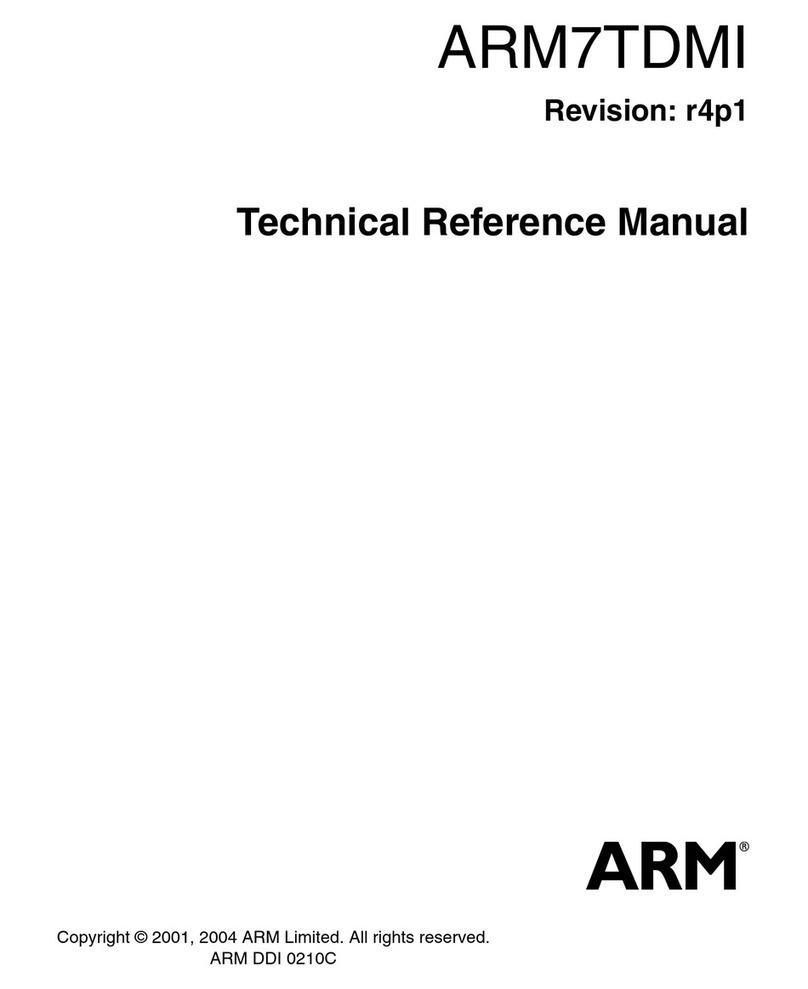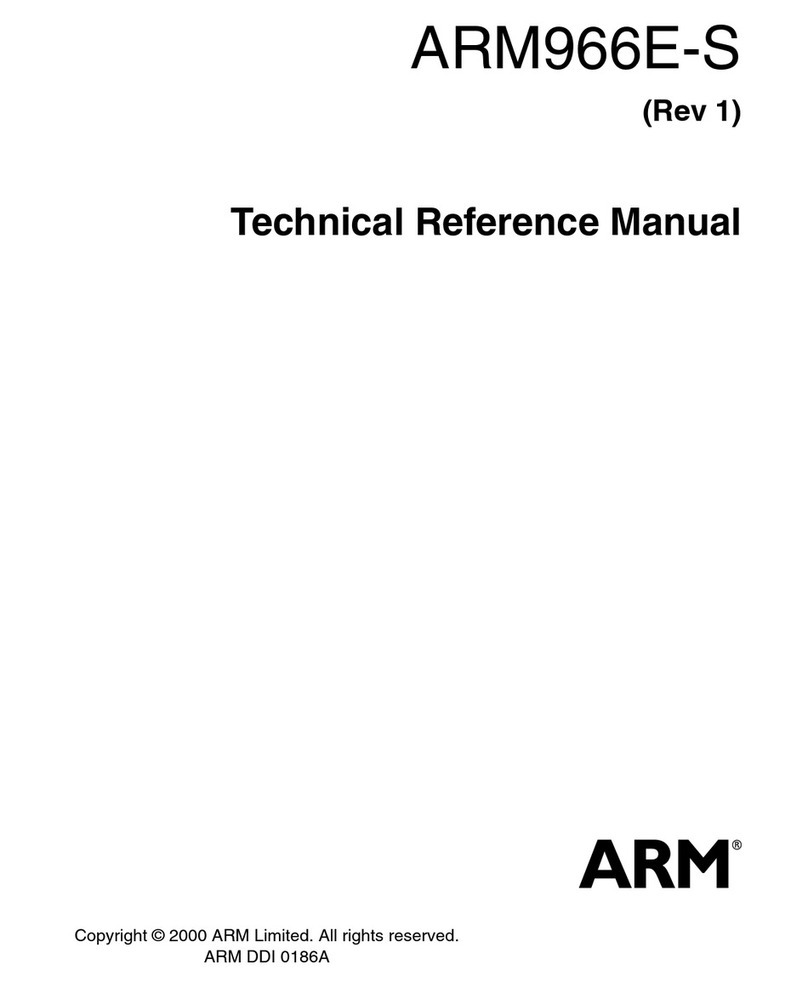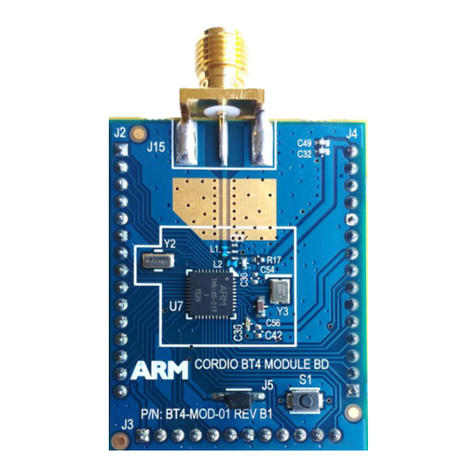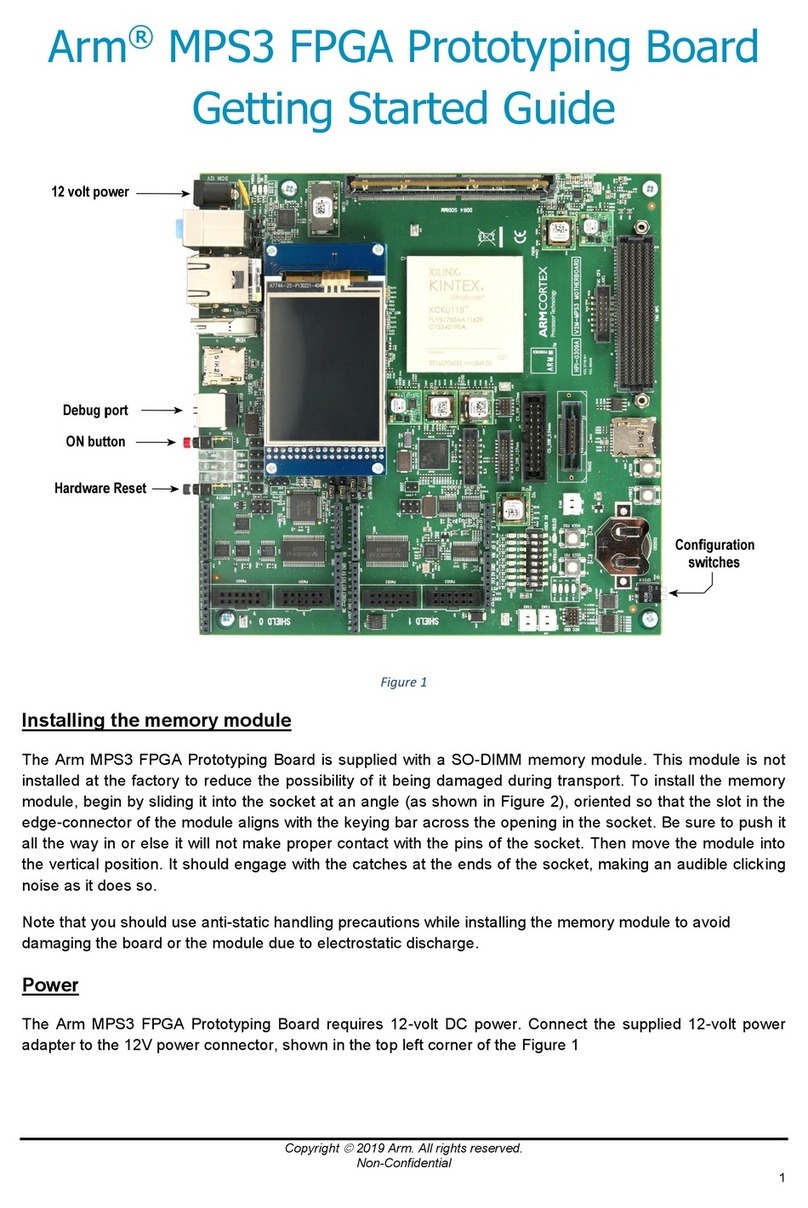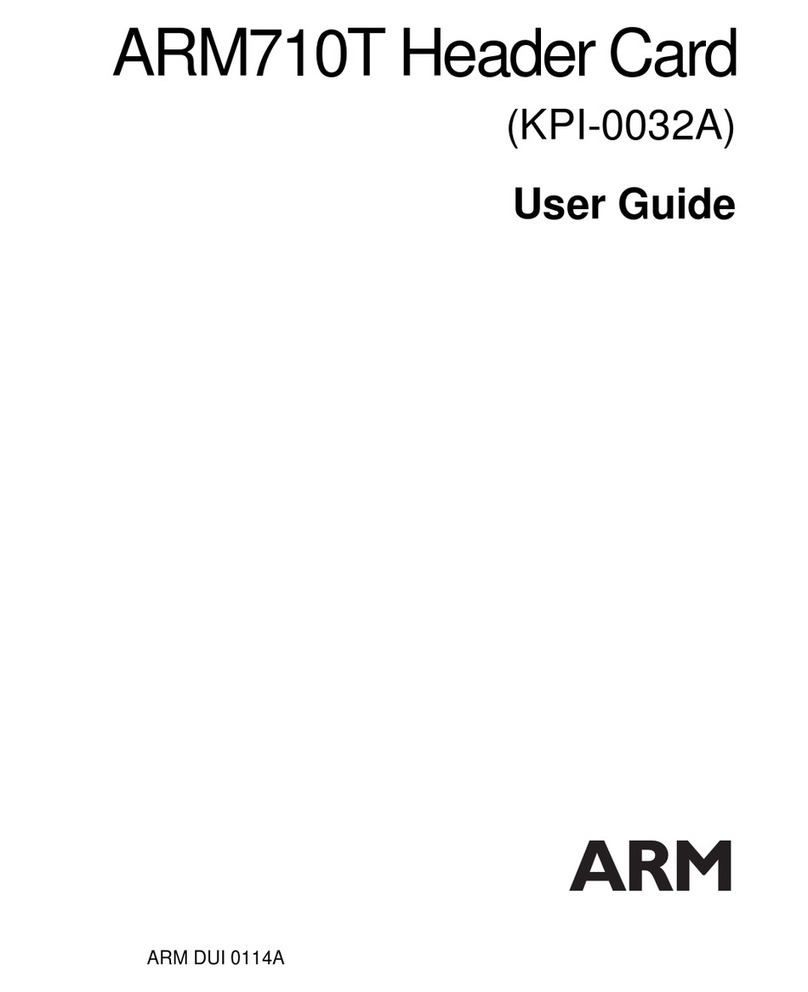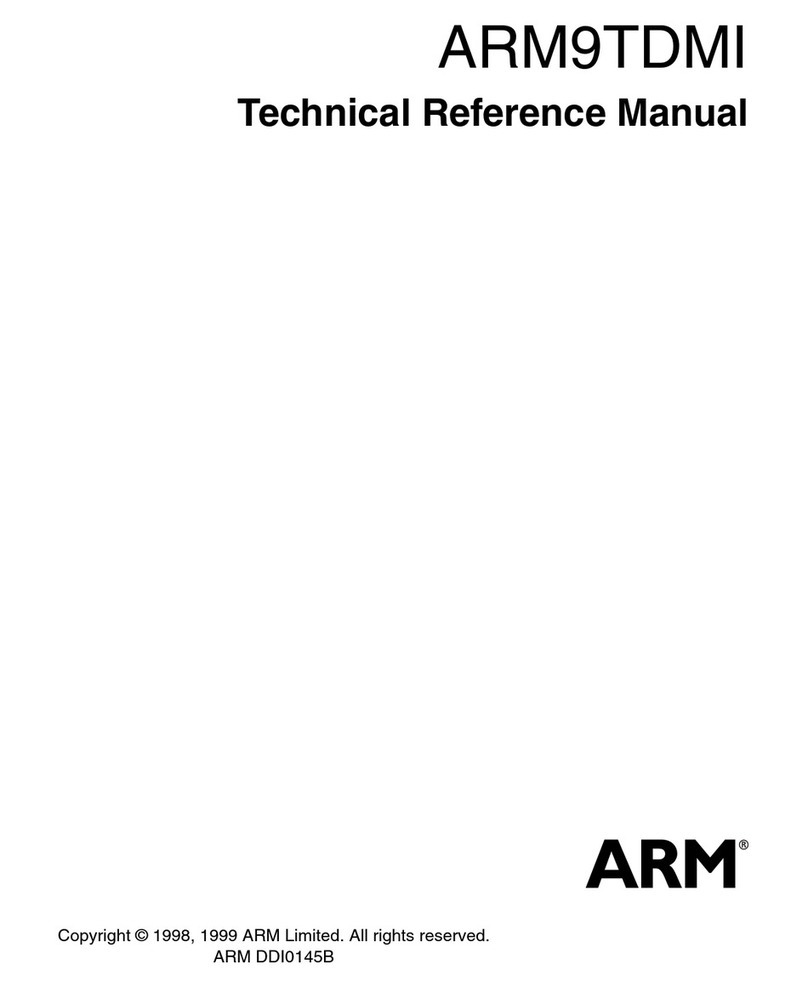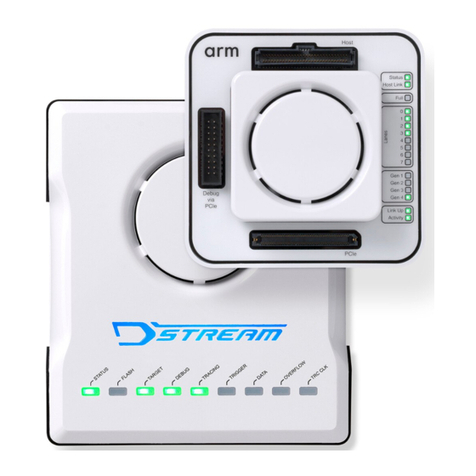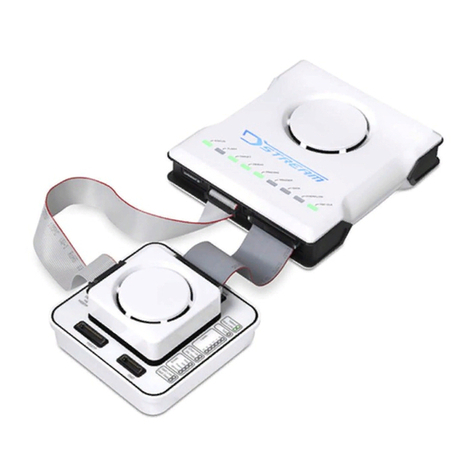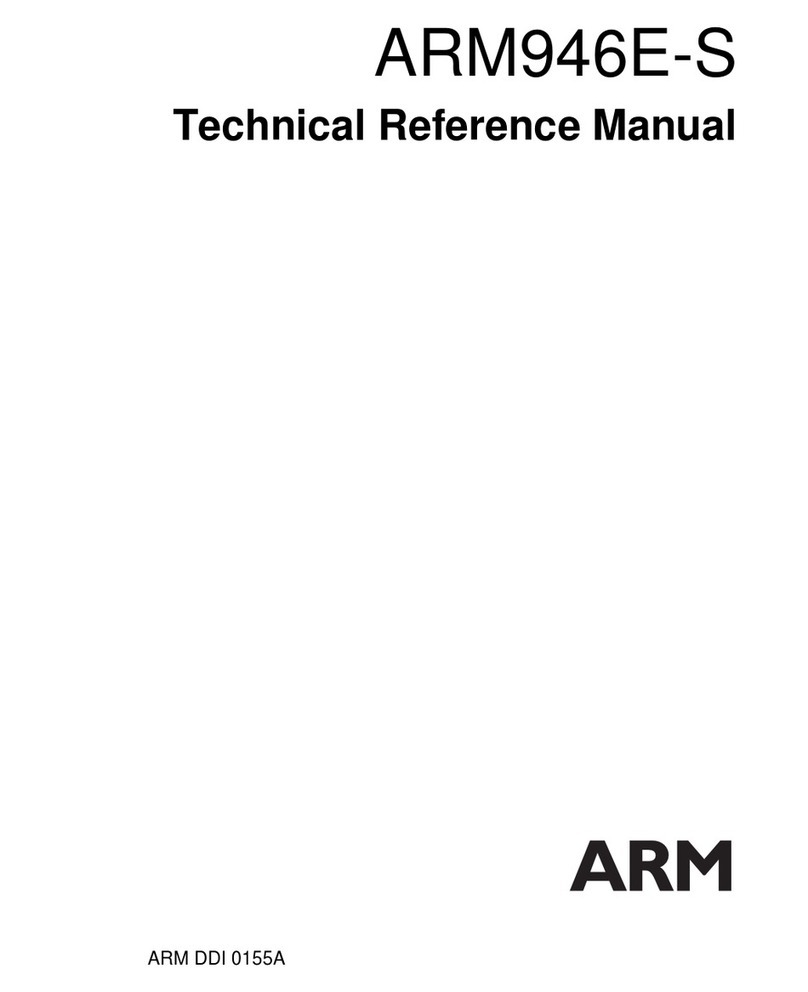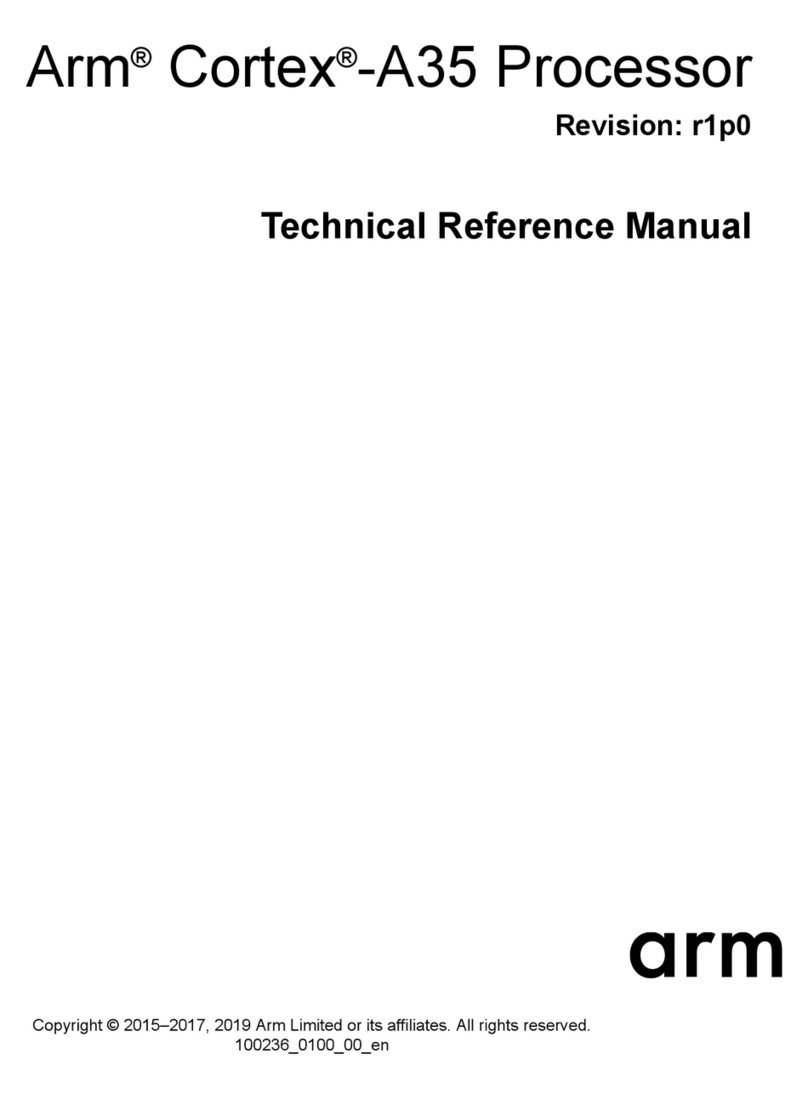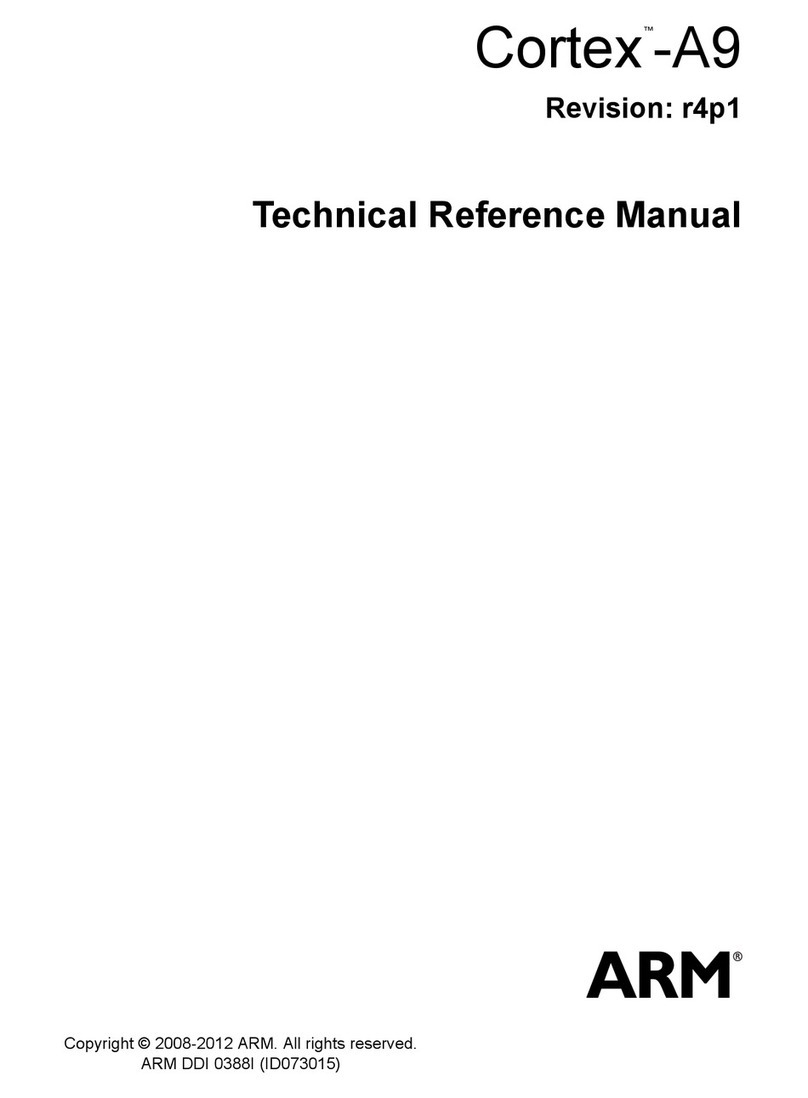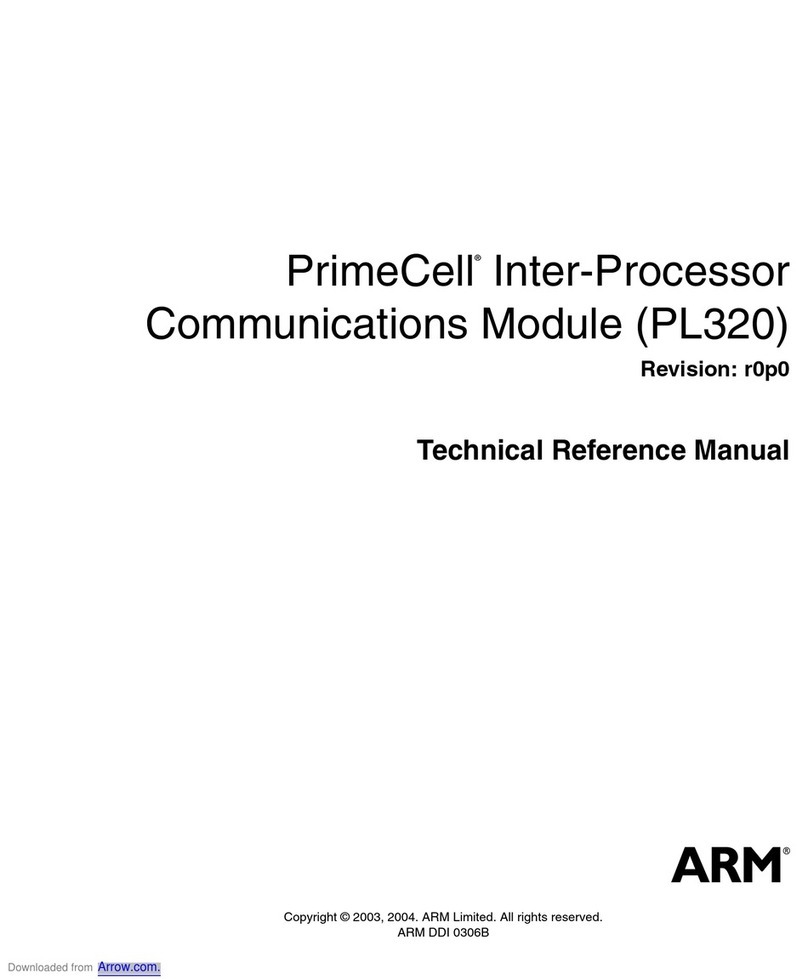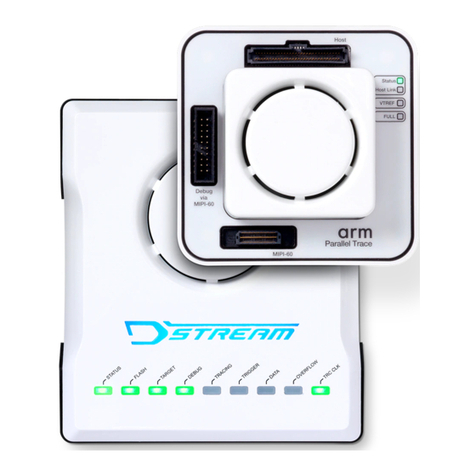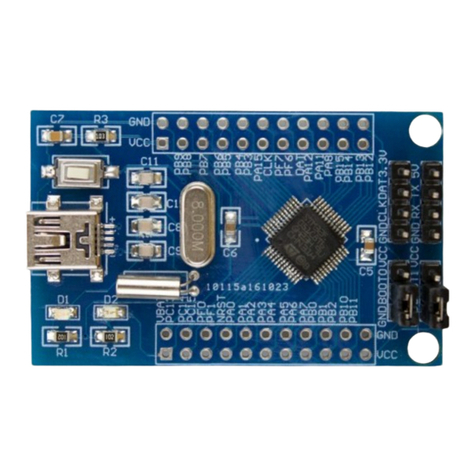
DSTREAM-HT Getting Started Guide Document ID: 101760_1.0_02_en
Version 1.0
DSTREAM-HT
Getting Started Guide
Copyright © 2019, 2022 Arm Limited (or its affiliates). All rights reserved.
Release information
Document history
Issue Date Confidentiality Change
0100-00 15 July 2019 Non-Confidential New document for v1.0
0100-01 13 December 2019 Non-Confidential Documentation update for version 1.0 release
0100-02 10 October 2022 Non-Confidential Documentation update for version 1.0 release
Proprietary Notice
This document is protected by copyright and other related rights and the practice or
implementation of the information contained in this document may be protected by one or more
patents or pending patent applications. No part of this document may be reproduced in any form
by any means without the express prior written permission of Arm. No license, express or implied,
by estoppel or otherwise to any intellectual property rights is granted by this document unless
specifically stated.
Your access to the information in this document is conditional upon your acceptance that you
will not use or permit others to use the information for the purposes of determining whether
implementations infringe any third party patents.
THIS DOCUMENT IS PROVIDED “AS IS”. ARM PROVIDES NO REPRESENTATIONS AND NO
WARRANTIES, EXPRESS, IMPLIED OR STATUTORY, INCLUDING, WITHOUT LIMITATION,
THE IMPLIED WARRANTIES OF MERCHANTABILITY, SATISFACTORY QUALITY, NON-
INFRINGEMENT OR FITNESS FOR A PARTICULAR PURPOSE WITH RESPECT TO THE
DOCUMENT. For the avoidance of doubt, Arm makes no representation with respect to, and has
undertaken no analysis to identify or understand the scope and content of, patents, copyrights,
trade secrets, or other rights.
This document may include technical inaccuracies or typographical errors.
TO THE EXTENT NOT PROHIBITED BY LAW, IN NO EVENT WILL ARM BE LIABLE FOR
ANY DAMAGES, INCLUDING WITHOUT LIMITATION ANY DIRECT, INDIRECT, SPECIAL,
INCIDENTAL, PUNITIVE, OR CONSEQUENTIAL DAMAGES, HOWEVER CAUSED AND
REGARDLESS OF THE THEORY OF LIABILITY, ARISING OUT OF ANY USE OF THIS
DOCUMENT, EVEN IF ARM HAS BEEN ADVISED OF THE POSSIBILITY OF SUCH DAMAGES.
Copyright © 2019, 2022 Arm Limited (or its affiliates). All rights reserved.
Non-Confidential
Page 2 of 39
